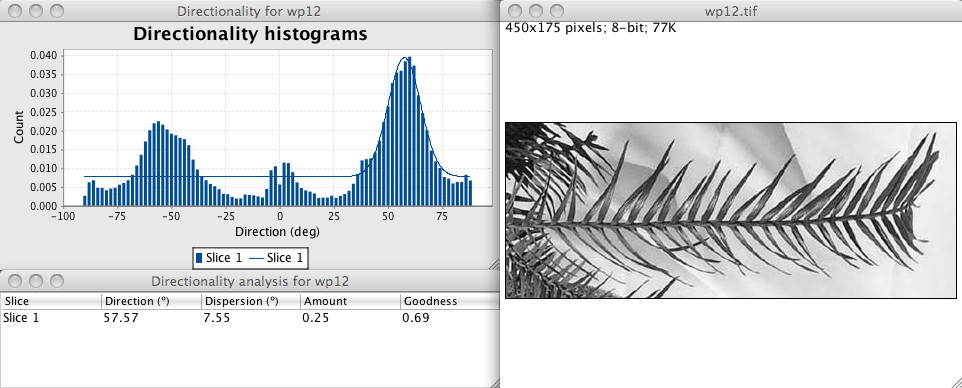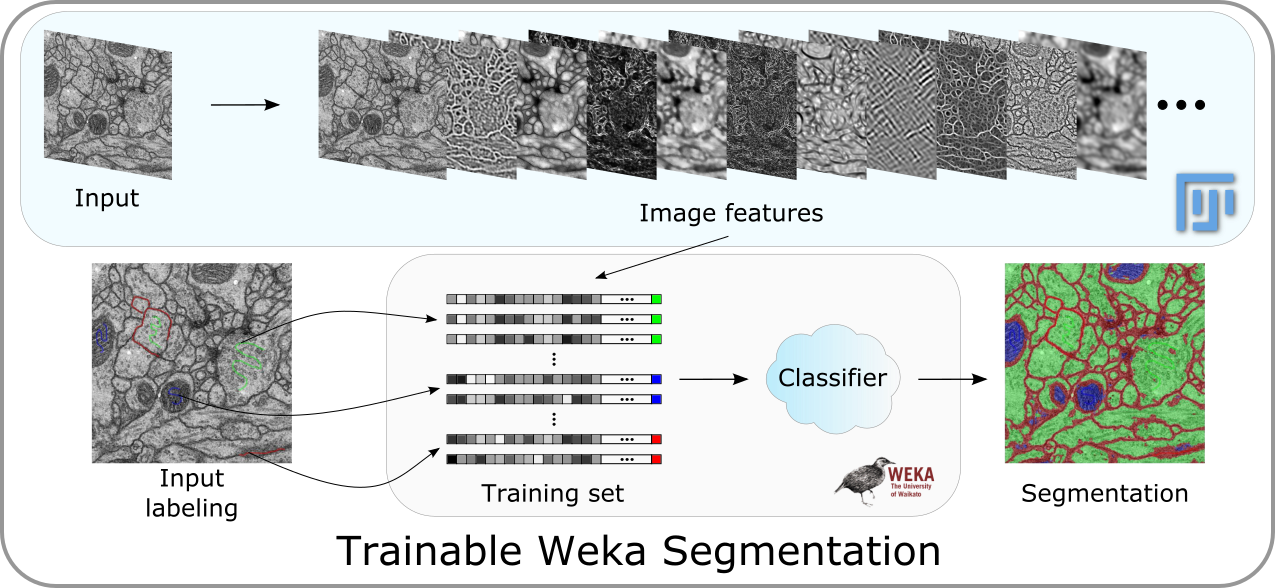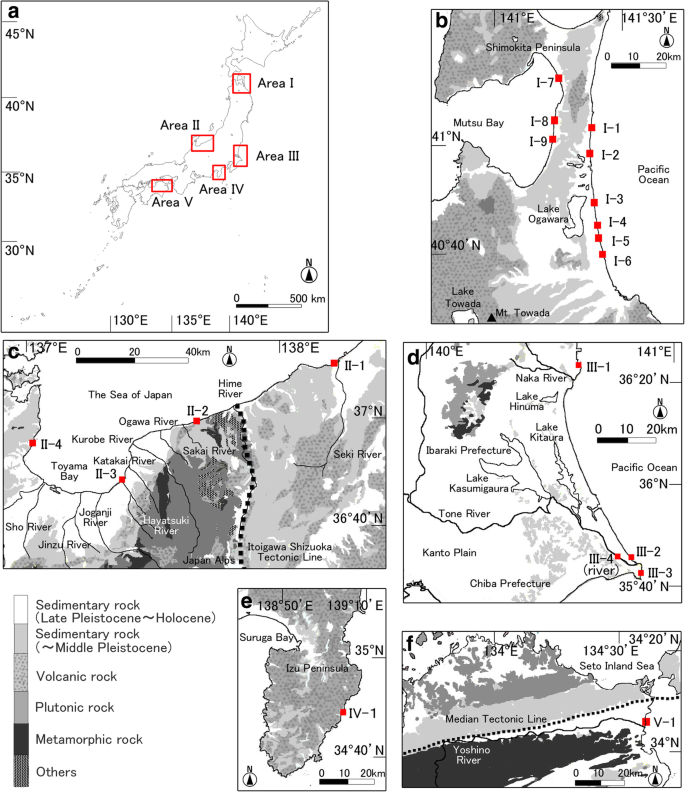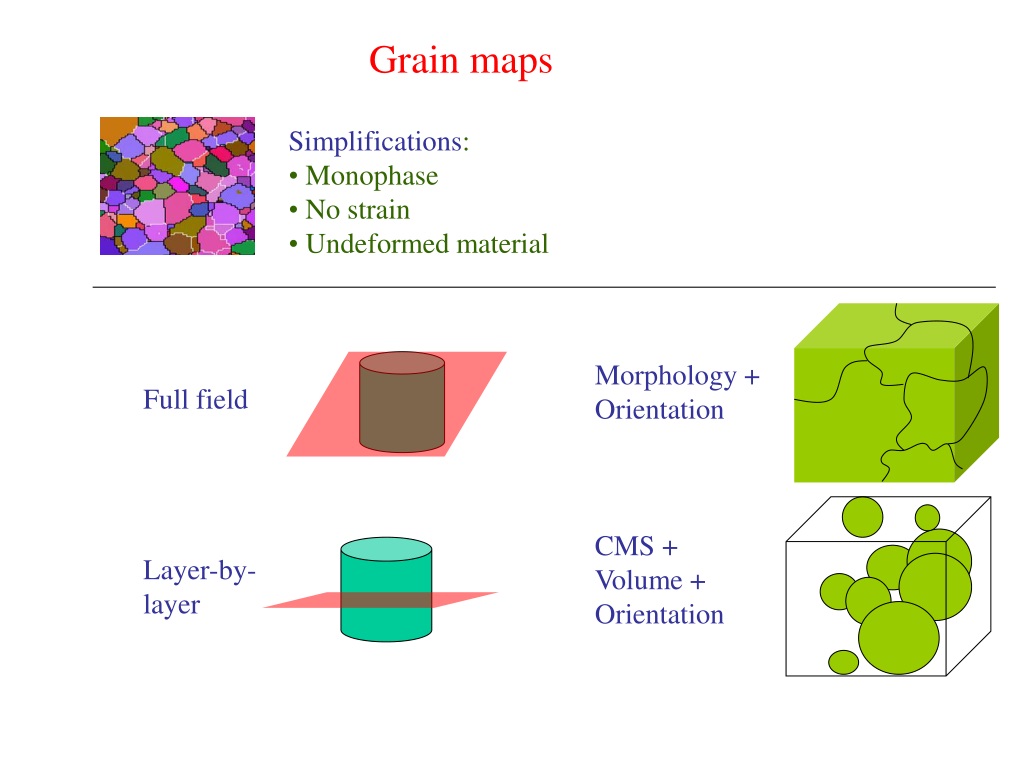

- #Use imagej software for grain map how to
- #Use imagej software for grain map install
- #Use imagej software for grain map update
- #Use imagej software for grain map download
different resolutions, colour vs greyscale, nature of the artefacts, grain size boundary vs phase maps, etc.). All these techniques produce images with variable features and artefacts (i.e. Heilbronner 2000), electron microscopy either from BSD images or EBSD maps or even from electron microprobes through compositional mapping. Thus, digital images may come from a transmission or reflected light microscopy, semi-automatic techniques coupled to light microscopy such as the CIP method (e.g. The list of techniques that make possible the transition from a raw image to a grain boundary map, known as grain segmentation, is extensive and depends largely on the image source. Strictly speaking, spatial resolution refers to the number of independent pixel values per unit area/length. The new pixel resolution per unit length will be PPI = 2 (or 4 per unit area), however, the spatial resolution of the image remains the same. If we double the resolution of the image, we will obtain the same image but now formed by four black pixels instead of one. For more information see hereĪs an example, think in a digital image of a square inch in size and made of just one black pixel (i.e. In optics, the resolution is approximated by R = 0.61λ / A, where λ is the wavelength of the light, typically taken as 0.4 μm, and A is the numerical aperture of the lens system. For example, conventional SEM techniques have a maximum spatial resolution depending on acquisition conditions, with a maximum spatial resolution around 50 to 100 nm whatever the pixels in the image recorded. Spatial resolution refers to the true resolution of the image and this is not only limited by pixel density but also physically. 👉 It is important not to confuse the pixel resolution with the actual spatial resolution of the image. So be sure to track the resolution of the image at each step, from the raw image you get from the microscope to the grain boundary map on which you make the measurements. Knowing the size of the pixels is therefore essential and makes it possible to set the scale of the image to correctly measure the areas of the grain sections. This concept is key as the resolution of the raw image -the image obtained directly from the device attached to the microscope- will limit the precision of the measures. This is each pixel has a physical dimension and, hence, the resolution depends on the number of pixels per unit area or length it is usually measured in pixel per (square) inch (PPI) (see Image resolution and Pixel density). One of the key points about raster images is that they are resolution-dependent. 1), only two possible values exist, 0 for black pixels (the grains) and 1 for white pixels (the grain boundary). In a binary image, commonly used for grain boundary maps (Fig.

it allows 256 different grey intensities). For example, in an 8-bit grayscale image, each pixel contains three values of information: its location in the image -their x and y coordinates- and its value of grey in a range that goes from 0 (black) to 255 (white) (i.e.

These measures are mostly made on digital images consisting of pixels, known as a raster graphic image. Grain size in rocks are usually measured in thin sections (2D data) through image analysis such as grain boundary maps (Fig. Previous considerations on the Grain Boundary Maps grain segmentation techniques, shape characterization, etc.) you should have a look at the list of references at the end of this tutorial. If you are interested in image analysis methods (e.g.
#Use imagej software for grain map how to
As a cautionary note, this is not a detailed tutorial on image analysis methods using ImageJ, but a quick systematic tutorial on how to measure the areas of the grain profiles from a thin section to later estimate the grain size and grain size distribution using the GrainSizeTools script.

#Use imagej software for grain map install
You can also install different flavours of the ImageJ application that will work similarly (see here for a summary).
#Use imagej software for grain map download
If this is not the case, go here to download and install it.
#Use imagej software for grain map update
Last update 8 How to measure the areas of the grain profiles with ImageJīefore you start: This tutorial assumes that you have installed the ImageJ application.


 0 kommentar(er)
0 kommentar(er)
